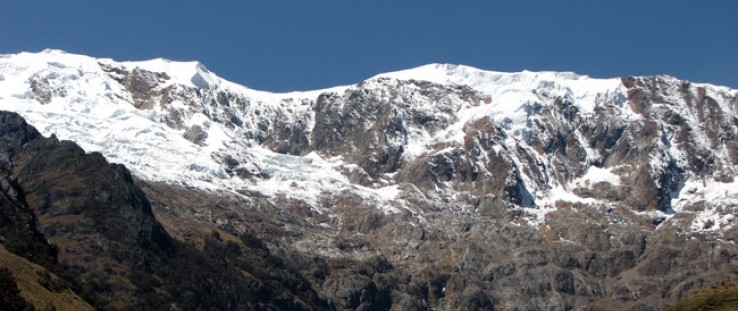 Forests of Polylepis spp trees in a proposed private conservation area at the foot of glaciers in the Ancash region
Juan Andrés Castro
Forests of Polylepis spp trees in a proposed private conservation area at the foot of glaciers in the Ancash region
Juan Andrés Castro
 Forests of Polylepis spp trees in a proposed private conservation area at the foot of glaciers in the Ancash region
Juan Andrés Castro
Forests of Polylepis spp trees in a proposed private conservation area at the foot of glaciers in the Ancash region
Juan Andrés Castro
Traveling from the heights of the Andes Mountains down to the Peruvian coast on a narrow dirt road hugging the cliff, I see firsthand the many uses of the Santa River.
I start the trip at 10,000 feet above sea level—almost twice as high as Denver—driving with colleagues from The Mountain Institute (TMI), a partner of USAID in Peru and Nepal. At that altitude, the river is fed mostly by runoff from the glaciers up on the peaks of the Cordillera Blanca—the White Mountains. Smallholder farmers in the highlands rely on the river to nourish their potato and corn fields.
A few hours later, after passing through countless dark tunnels carved into the rock, we are in a landscape dominated by dry rock and dust. Few houses can be seen, and the water rushes through a pair of large hydroelectric dams. By evening, we are at sea level, passing irrigated plantations with asparagus and other crops for export.
Throughout Peru, farmers and communities like these depend on water originating up by the glaciers. But as climate change increases global greenhouse gas emissions, temperatures are rising, rainfall is becoming increasingly erratic, and the glaciers are melting faster.
Seventy percent of the world’s tropical glaciers are in Peru. Scientists once thought that these glaciers would be gone in 30 years. That timeline is being revised based on recent evidence, and some now estimate that all Andean glaciers will be gone in a decade.
Climate change impacts on glaciers and rainfall patterns will be felt all along the Santa River, and throughout the region, home to about 1.6 million people. Electricity production from hydropower will become less reliable. Water for drinking and irrigation will become increasingly limited. In turn, these changes will threaten development advances in the areas of health, food security, and economic development.
High in the Andes, the former mayor of the town of Huasta described the crisis they are facing.
“Before, the Cordillera Blanca had a lot of snow, but now they just look like craggy rock,” he said. “Four or five years from now, we won’t have any more water. Those of us who live up at this altitude depend on the small springs and rivers. People on the coast have irrigation systems, which also use water that comes from up here. It makes me sad. If those streams disappear, what are we going to do?”
That is the question that USAID and The Mountain Institute joined forces in 2009 to address. TMI is an international non-profit that promotes conservation and community development in mountain ranges around the world. The two organizations are helping people in both the highlands and the lowlands of Peru prepare for and cope with the changes in climate and water availability.
This collaboration was made possible through the Development Grants Program, which was developed in 2008 at the request of the U.S. Congress to expand the number of direct partnerships that USAID has with U.S. private voluntary organizations and indigenous local NGOs.
Through it, Peruvian farmers and local government representatives get a better understanding of the threats posed by climate change and the role that ecological systems can play in helping them respond to these threats. High Andean wetlands and grasslands—like páramos and punas—are critical for conserving increasingly scarce water resources, because their sponge-like soil and vegetation help capture water and feed local streams.
In workshops and trainings, community groups have learned how they are vulnerable to climate change, including the fact that it may become harder and harder to access water. They have also learned what they can do to adapt, such as preserving important natural systems. Now, these groups are working with their local governments on plans to restore and protect the forests and grasslands. At high altitudes, the native Polylepis trees—sometimes called paper trees because of their papery bark—are particularly important for capturing water.
“We can feel the changes in the climate,” said Rosalía Jara, who lives in Huasta. “For instance, in previous years it rained continuously, but now the rains are infrequent and it is really hot. The springs have dried up, water is scarce, and the soil is less fertile. We need to get smart. We should conserve the highlands, especially the paper trees. I have seen that where there are forests of paper trees, there is water. I think this is a good way for us to be strong in the face of the changes.”
Education Inspires Action
USAID has also supported training for mayors and local government representatives. After learning more about climate change, mayors in the Ancash region were inspired to create the Three Basins Commonwealth, dedicated to cooperating on adaptation to climate change, local economic development, and the management of mountain ecosystems. Commonwealths are legal entities created to achieve higher levels of impact with public investments.
Fidel Rodriguez, a former municipal council member from the community of Pampas Chico, explained the decision to create the Commonwealth. “We can see that the changing climate is affecting the local economy. People don’t know what to do about it. The local governments face a big challenge: how to be leaders in the process, how to implement the right public policies to promote the kind of development that is needed in the context of climate change. The mayors in the new Commonwealth are taking responsibility and leading the coordination of these efforts.”
Women who have been elected to the municipal councils have also established their own climate change network. Through USAID, they are trained and have opportunities to talk with rural women so their concerns and interests are reflected in local adaptation projects.
Meanwhile, on the coast, people are realizing that they depend on the mountain water to grow asparagus and other booming agricultural export crops. If farmers in the mountains use water more efficiently and protect the river by planting trees nearby, it will help guarantee a continuous supply of water for the plantations downstream.
Cooperation with highland farmers is therefore a key part of adaptation plans being drafted by lowland water user groups. USAID will work with these coastal groups to develop mechanisms to incentivize conservation in high mountain areas. This could include incentive payments from agricultural businesses to poorer highland communities that agree to plant trees and protect water sources.
As a result of USAID’s work, smallholder farmers in the mountains will be able to continue to grow crops to feed their families. They may even have new sources of income from their efforts to protect the watershed.
USAID is working to analyze how these strategies are working in Peru and to use the information to help other mountain communities. And, Peru’s Catholic University has invited TMI to create a graduate level program on climate change, ideally, to educate the next generation of stewards of the mountain and all it has to offer.
Your Voice, a continuing FrontLines feature, offers personal observations from USAID employees. Nora Ferm is a climate change specialist in the Bureau for Economic Growth, Agriculture and Trade.







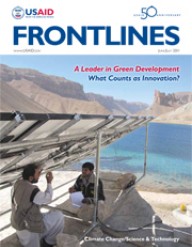


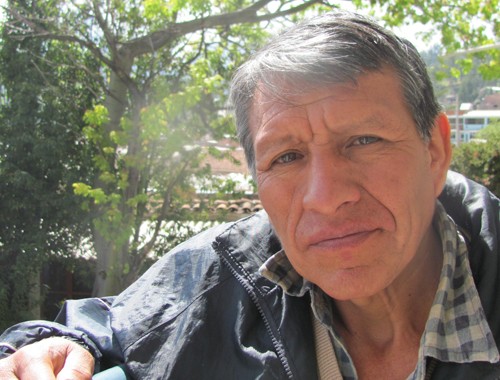
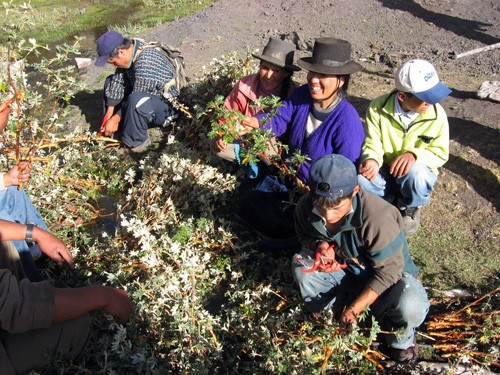
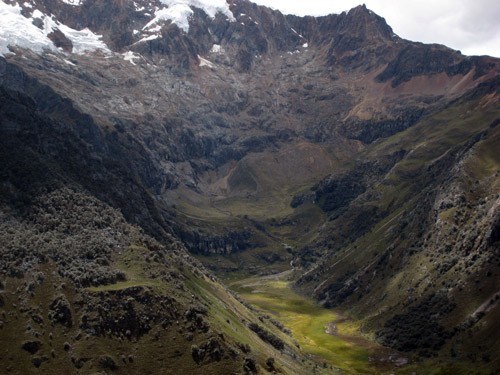
Comment
Make a general inquiry or suggest an improvement.